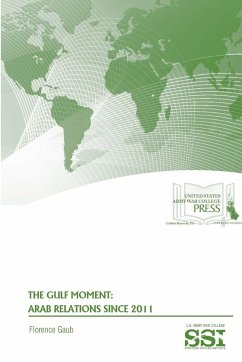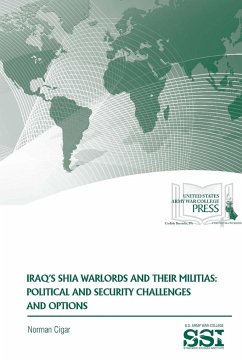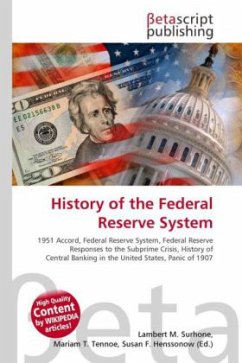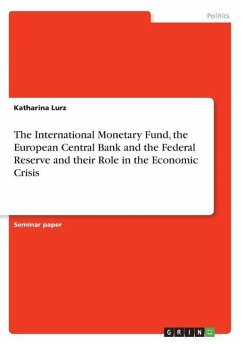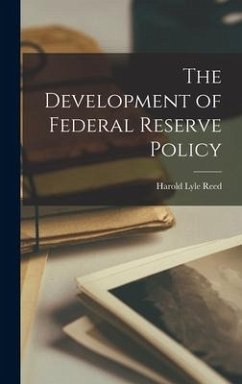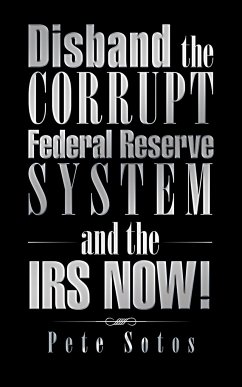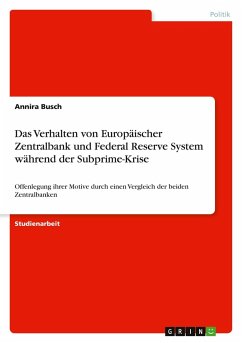
Federal Reserve
Unconventional Monetary Policy Options
Versandkostenfrei!
Versandfertig in 1-2 Wochen
16,99 €
inkl. MwSt.

PAYBACK Punkte
8 °P sammeln!
The "Great Recession" and the ensuing weak recovery have led the Federal Reserve (Fed) to expand its monetary policy tools. Since December 2008, overnight interest rates have been near zero; at this "zero bound," they cannot be lowered further to stimulate the economy. As a result, the Fed has taken unprecedented policy steps to try to fulfill its statutory mandate of maximum employment and price stability. Congress has oversight responsibilities for ensuring that the Fed's actions are consistent with its mandate. The Fed has made large-scale asset purchases, popularly referred to as "quantita...
The "Great Recession" and the ensuing weak recovery have led the Federal Reserve (Fed) to expand its monetary policy tools. Since December 2008, overnight interest rates have been near zero; at this "zero bound," they cannot be lowered further to stimulate the economy. As a result, the Fed has taken unprecedented policy steps to try to fulfill its statutory mandate of maximum employment and price stability. Congress has oversight responsibilities for ensuring that the Fed's actions are consistent with its mandate. The Fed has made large-scale asset purchases, popularly referred to as "quantitative easing" (QE), that have increased the size of its balance sheet from $0.9 trillion in 2007 to about $4 trillion at the end of 2013. In September 2012, the Fed began a third round of monthly purchases of Treasury securities and mortgage-backed securities (MBS), referred to as "quantitative easing three" or QEIII.



